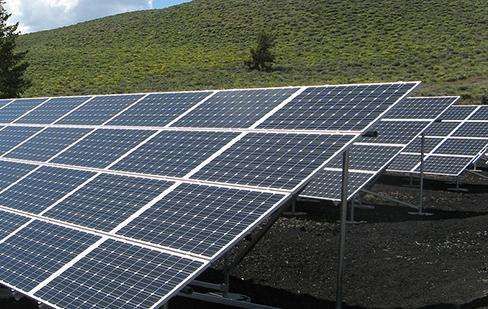A generator that uses a hydraulic turbine as the prime mover to convert water energy into electrical energy. A hydrogenerator is composed of main components such as a rotor, a stator, a frame, a thrust bearing, a guide bearing, a cooler and a brake (see figure). The stator is mainly composed of frame, iron core, winding and other components. The stator core is made of cold-rolled silicon steel sheets and can be made into integral or split structures according to manufacturing and transportation conditions. The cooling method of hydraulic generator generally adopts closed circulation air cooling. Very large capacity units tend to use water as the coolant to directly cool the stator. If the stator and rotor are cooled at the same time, it will be a double-cooled water turbine generator set.internally by water.
What I mentioned above is only Francis type. For Francis turbines, in addition to these, there are also water diversion elbows, tailrace elbows, sometimes air supply devices and telescopic tubes. small units also have flywheels, cooling systems, lubrication systems, etc. For units above 1000 kW, the flywheel is on the motor.
For impact turbines and oblique impact turbines, they mainly include: impeller, main shaft, bearings and bearing seats, water spray elbow (containing: l 'spray needle, spray needle rod, nozzle, etc.), machine seat, water diversion elbow, telescopic pipe, etc.
For flow turbines axial, it mainly involves: channel chamber, channel, roller boxent, main shaft, flywheel, machine cover, water guide bearing and some guide bearings, etc.
Generator; rotor, stator, slip ring, carbon brushes, bearings, cooling system, lubrication system














